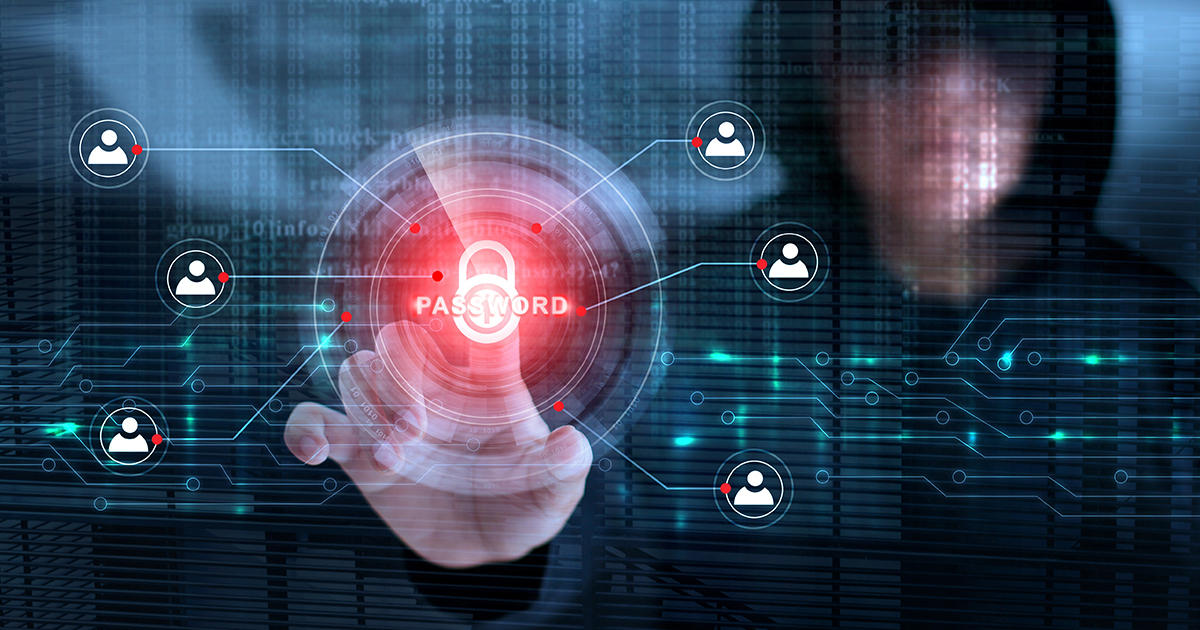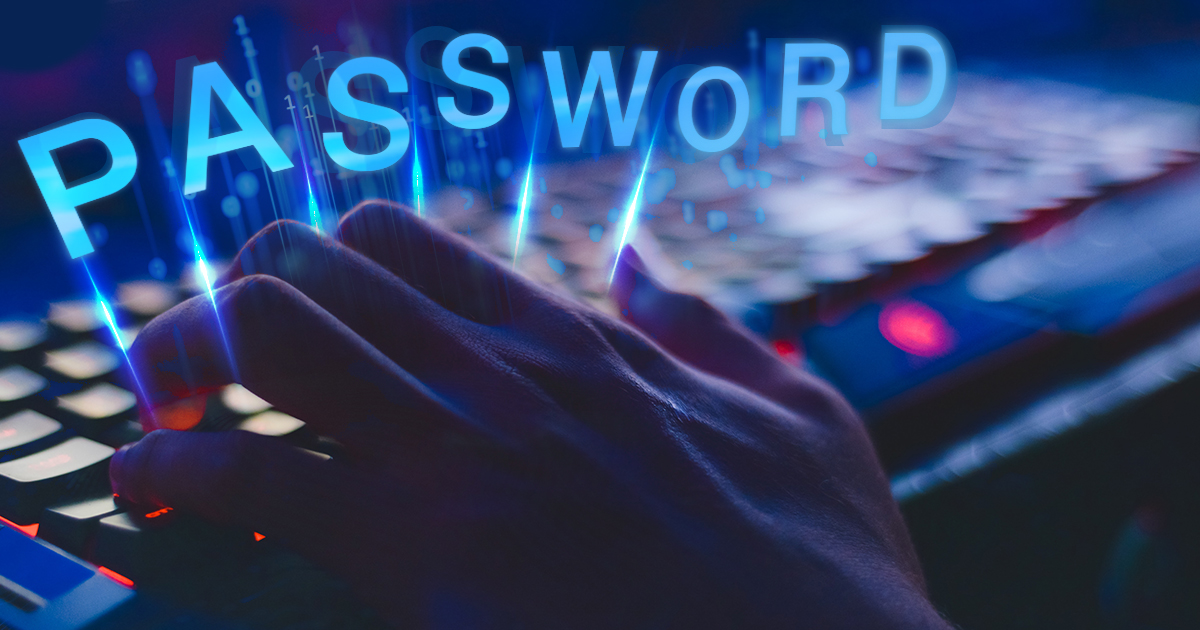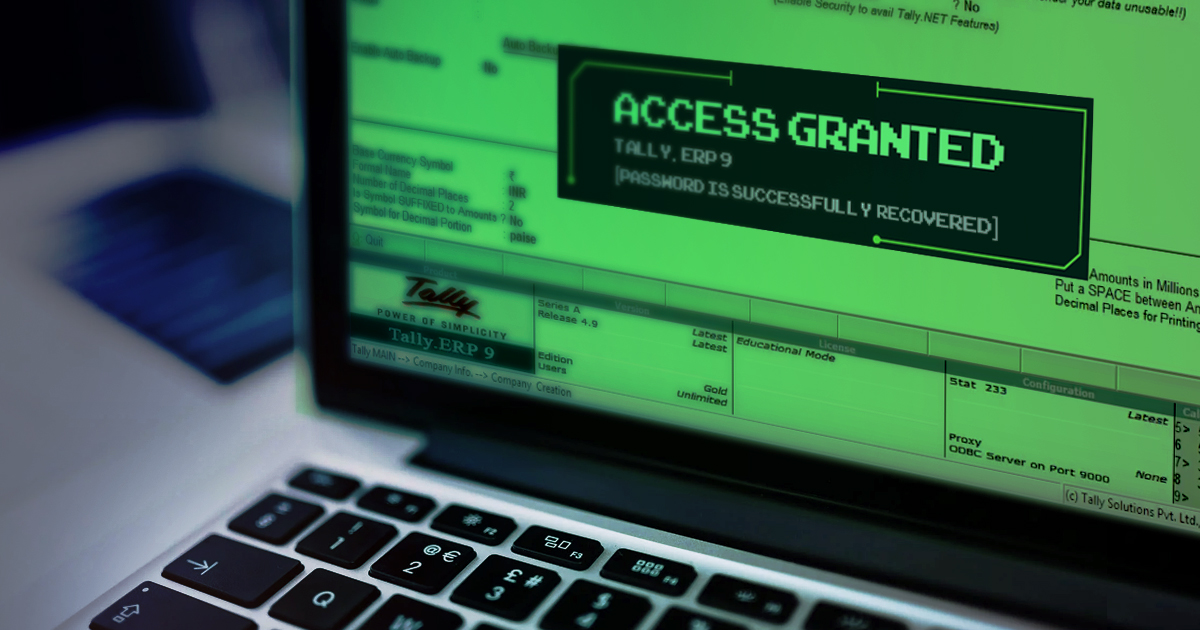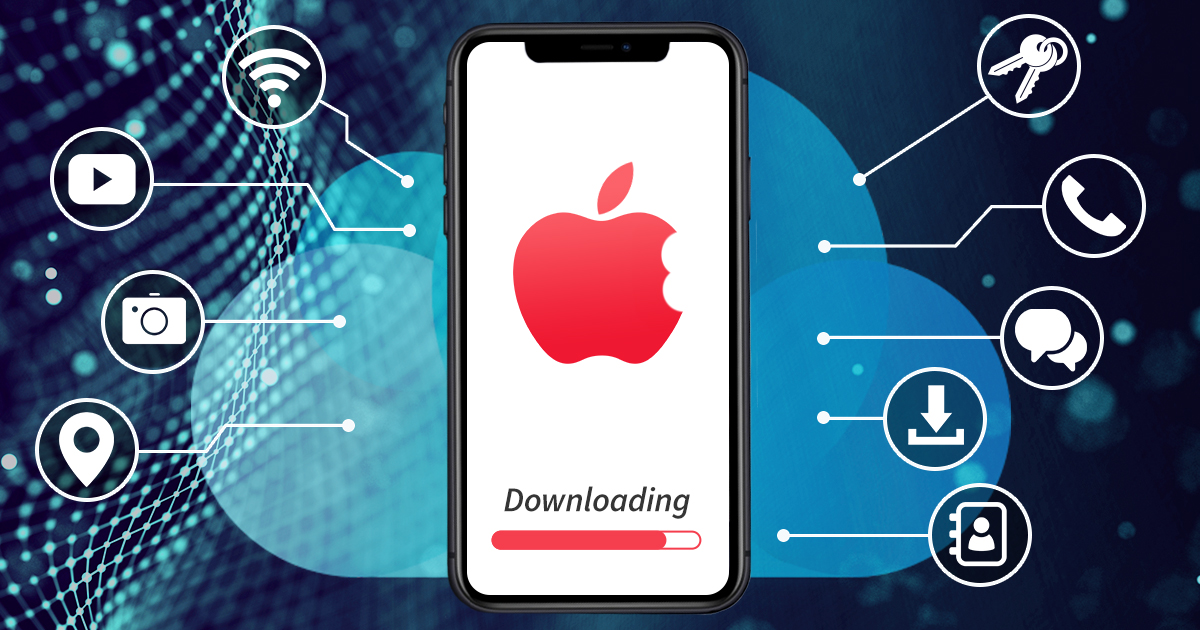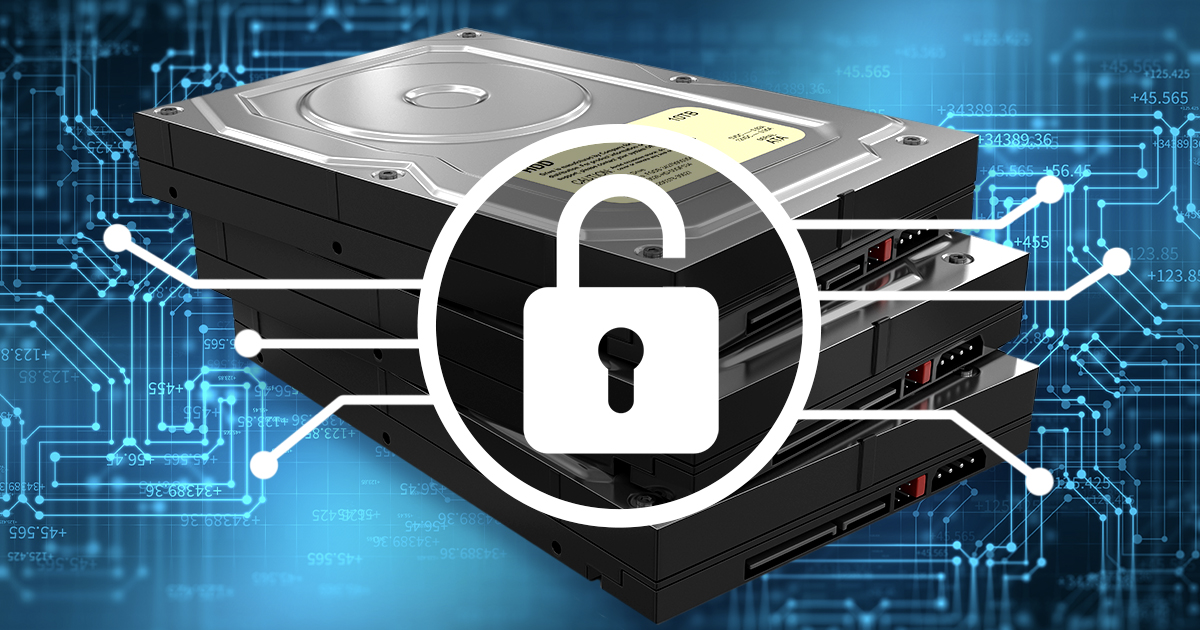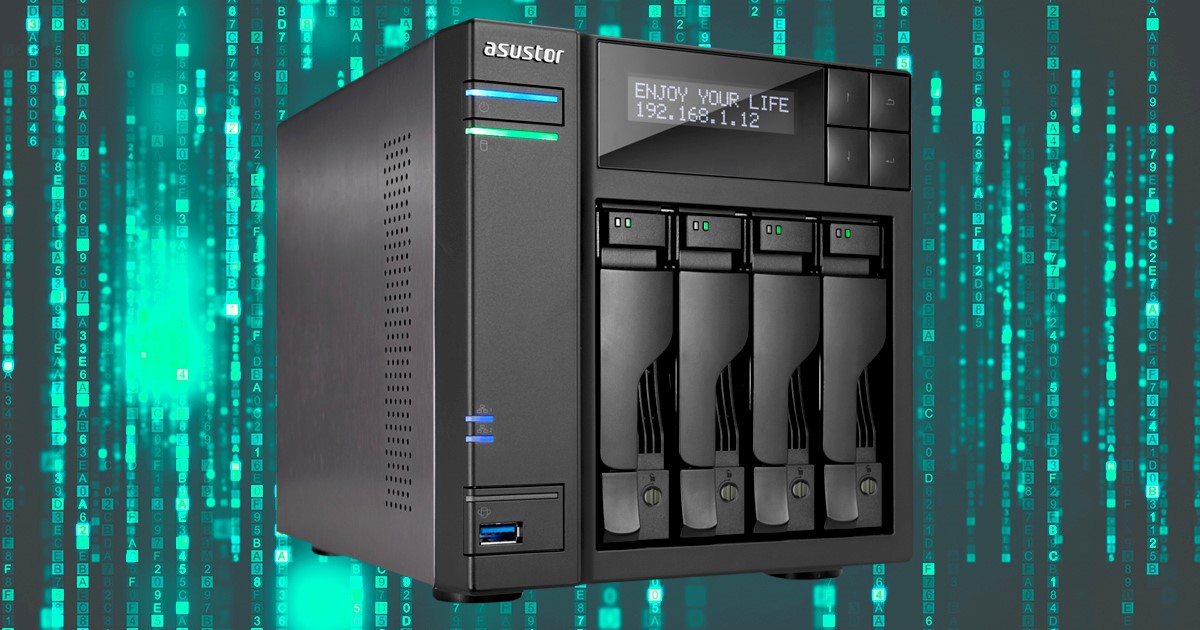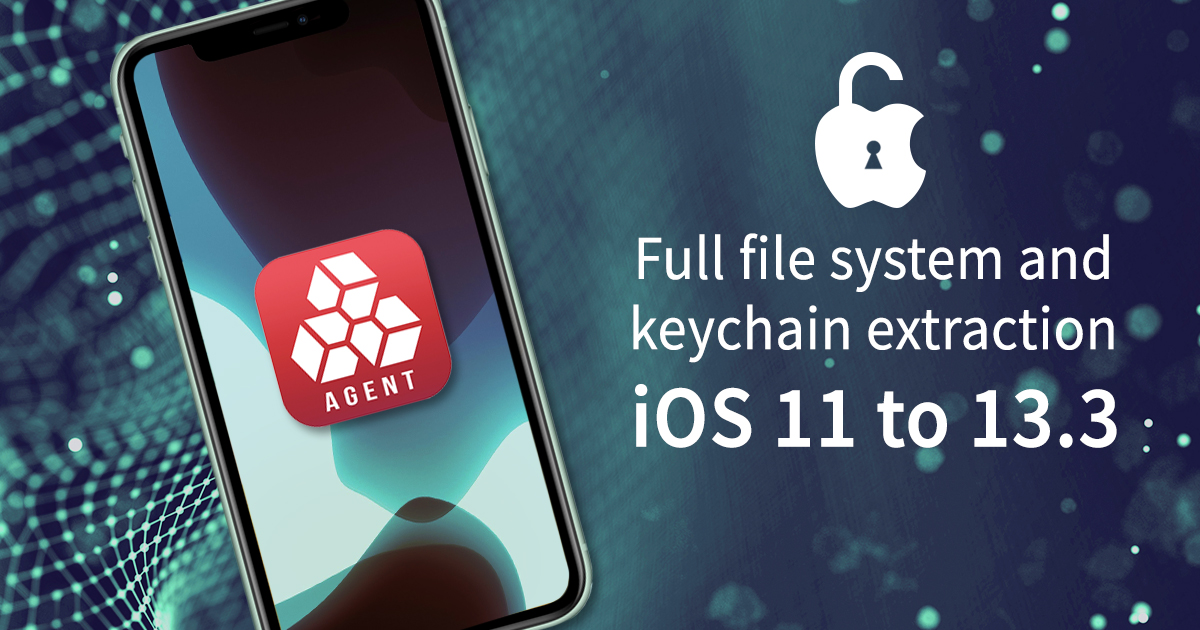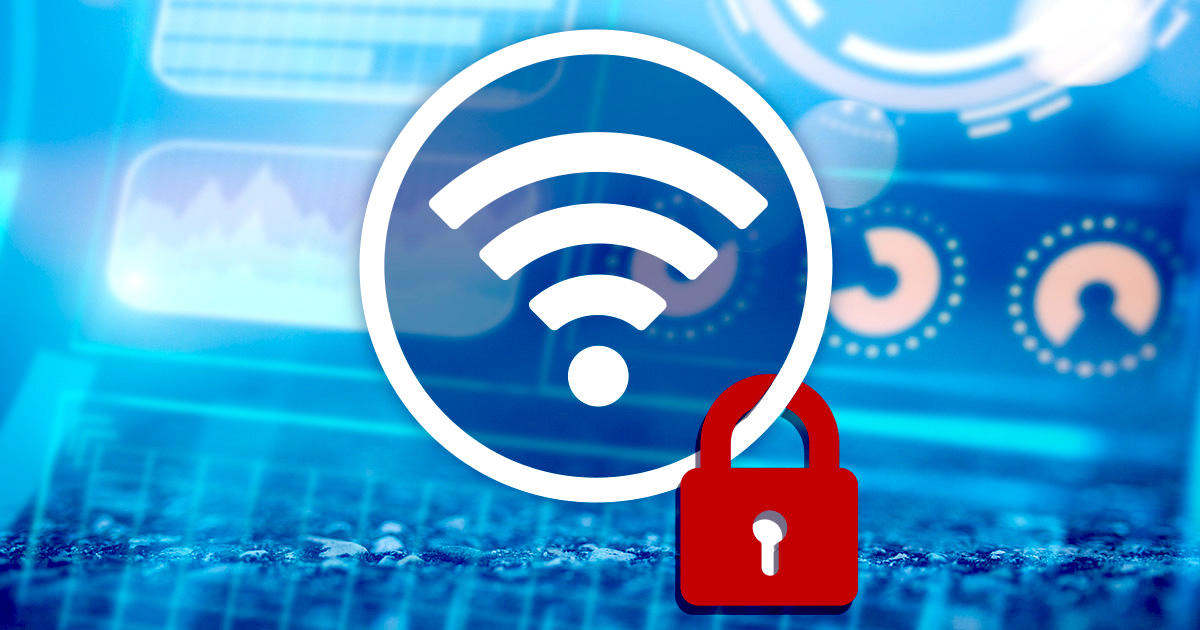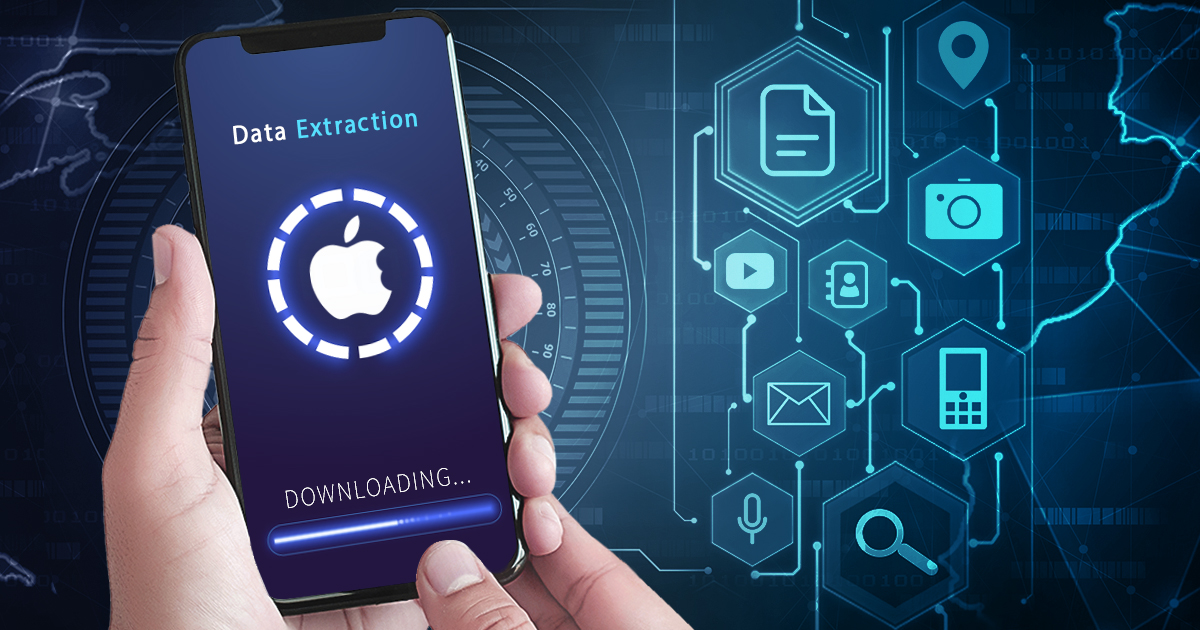March 6th, 2020 by Oleg Afonin
Modern wireless networks are securely protected with WPA/WPA2. The most frequently used method of securing access to a wireless network is pre-shared passphrase, or, simply put, a text password. The WPA standard enforces the minimum length of 8 characters for all Wi-Fi passwords. Considering the relatively low performance of WPA/WPA2 password attacks, brute force attacks are rarely effective even when performed with a network of GPU-accelerated computers. In this article, I will show how to attack wireless passwords for the purpose of security audit.
Read the rest of this entry »

